Swiss filmmakers break the rules in Mumbai
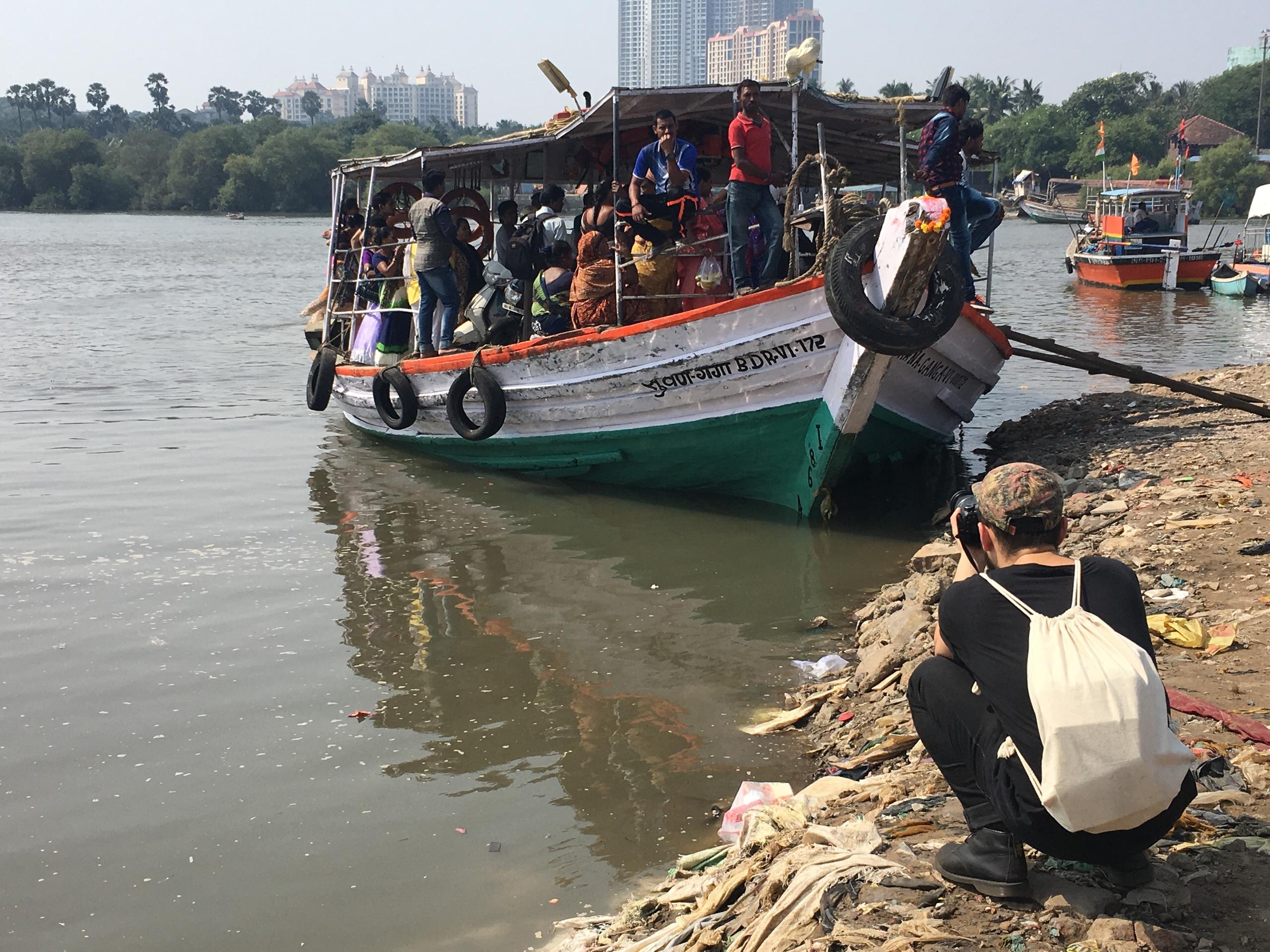
Meeting Indian superstar Shah Rukh Khan, filming in forbidden areas, paying off corrupt cops and smoking ganja: these were some of the experiences of Swiss film school students under the tutelage of Bollywood film director Anurag Kashyap.
Seventeen filmmaking students from the Lausanne School of Art (ECAL) and the Geneva School of Art and Design (HEAD) were given three short weeks last October to learn from a master of the ignoble art of guerrilla filmmaking.
“The challenge was not just to make a film fast but also to create something in a place where you are a foreigner. We were confronted with a different cultures and had to ask ourselves ‘what kind of film can I make here?’” says Chiara Ghio.
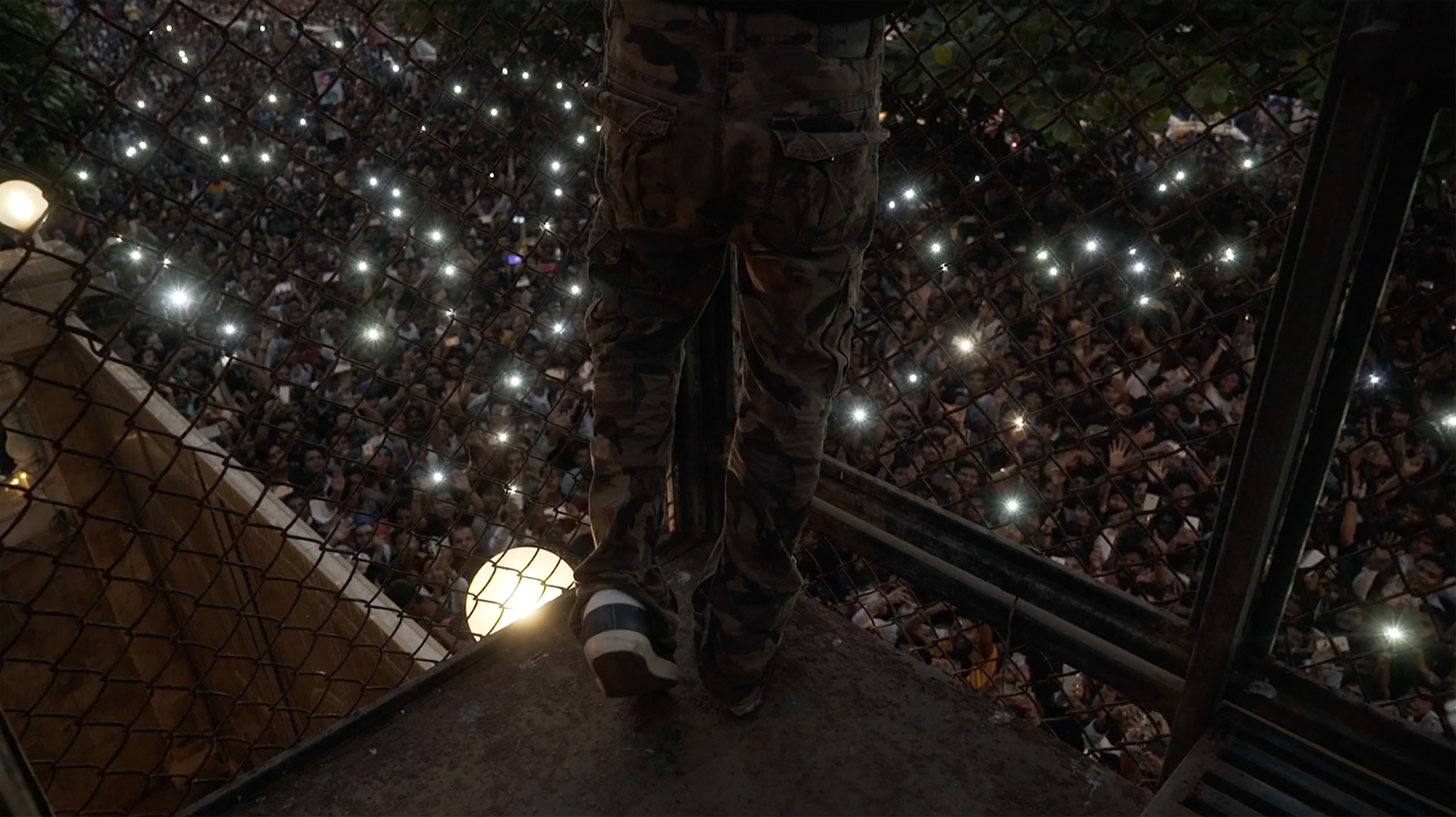
More
The thrill of no frills filmmaking
Between morning workshops at Kashyap’s Phantom Films production office and evenings spent making the films in a foreign city there was no time to stand and stare. Guerilla tactics were necessary in order to bring their projects in on schedule.
“Anurag told us is that it is very difficult to get authorisation for filming in India and he found ways to get around this by being discreet, working very fast or distracting people,” says Sophie Dloussky.
The students applied these skills when shooting in locales that required prior government approval, like on local trains. However, it was not so easy to keep a low profile in crowded Mumbai.
“We were filming in a train with a big balloon which made us stand out. It was quite exciting,” says Robin Mognetti.
While this kind of guerilla filmmaking usually worked for the students, it could be touch and go. Mateo Ybarra had made up his mind to shoot at the Gateway of India monument. However, filming with a tripod at the site has been banned since the 2008 terror attacks in the vicinity.
“I broke the rules and a policeman caught me and tried to make me pay €150 but after three hours of trying he settled for three euros,” says Ybarra.
Useful contacts
The students also benefited from Kashyap’s connections in the film industry and beyond.
“I wasn’t really aware of how famous Anurag Kashyap was in India. When I was talking to a rickshaw driver about how we were working with Anurag, he exclaimed that he was a big name filmmaker and that is when I realised his influence,” says Joanne Schmutz.
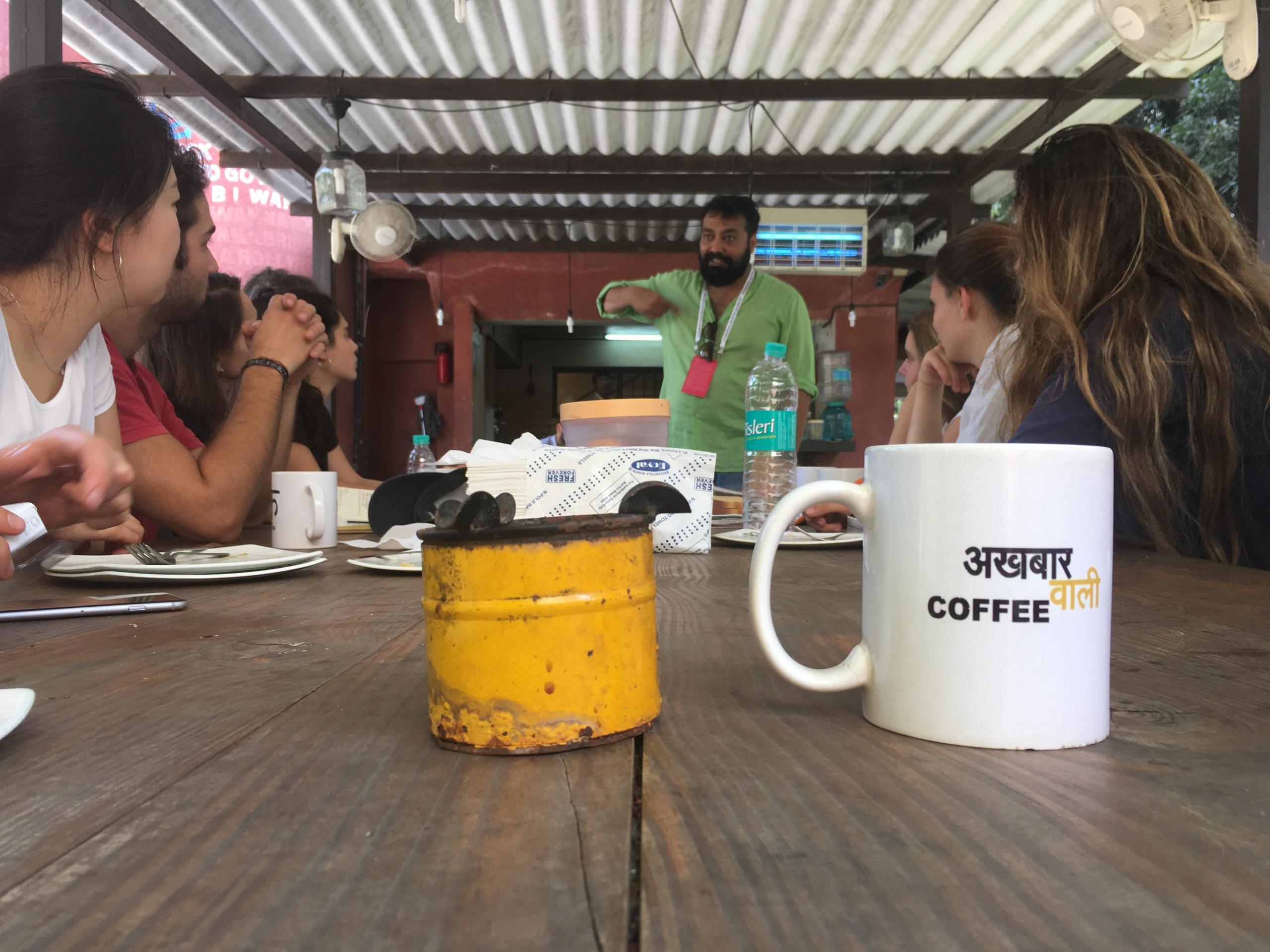
Schmutz ended up enrolling Kashyap’s personal cook and his family into her film called Chhaya that deals with the burden of tradition. Others managed to get seasoned professionals to work in their short films.
“We couldn’t pay the actors but they were happy to take part because Anurag was involved,” says Hansaem Kim.
Someone who took full advantage of Kashyap’s contacts is Dloussky, who managed to get permission to film one of India’s most famous faces, the actor Shah Rukh Khan (even if they were restricted to filming in his garden). The result is a short film called Plinth, which captures the almost God-like status enjoyed by Khan in India.
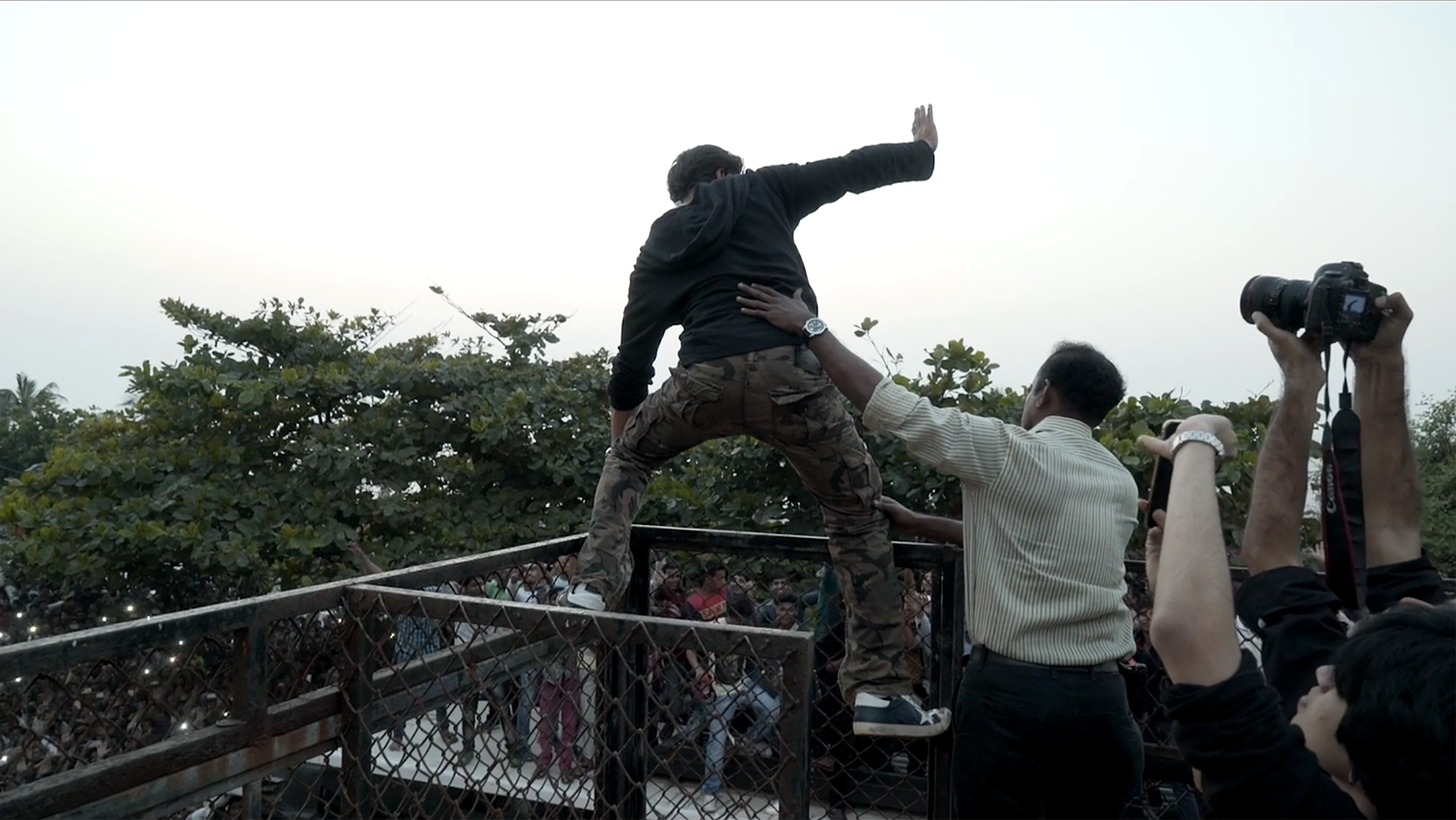
Dloussky did not realise the extent to which she had absorbed lessons on guerilla filmmaking.
“At some point we forgot we did not have the right to film inside the house and everyone freaked out and we had to apologise,” says Dloussky.
Intense experience
The tight schedule meant that the students had little time to take in the city and understand what makes it tick.
“We learned to focus only on our project and nothing else which helped us finish a movie in a totally new place in two weeks. However, as a result we didn’t get a feel for the spirit of Mumbai city,” says Mognetti.
According to him, he was only able to relax and get inside the heads of locals when invited to smoke ganja with one of the actors in his film. Others like Ybarra, were disturbed by the realities that encroached on an industry that sells dreams for the price of a cinema ticket.
“We did a tour of the Bollywood industry studios on our last day and it was strange to see beggars congregating around film shoots,” he says.
Sayaka Mizuno used Mumbai’s extremes to her advantage and discovered little-known parts of Mumbai while searching for derelict buildings for her film.
“We ended up at a rehabilitation housing block for slum dwellers that resembled vertical slums. The architecture was very fitting to the film that talks about a wish for improving one’s life,” she says.
In the end, everyone managed to complete their film projects despite struggling to come to terms with the rapid pace of Indian filmmaking and Mumbai in general. It remains to be seen if they will apply guerilla filmmaking techniques in law-abiding Switzerland.
“We will be making films next year and shall have a very low budget. I am going to apply tips Anurag gave us to avoid paying anything,” says Dloussky.

In compliance with the JTI standards
More: SWI swissinfo.ch certified by the Journalism Trust Initiative








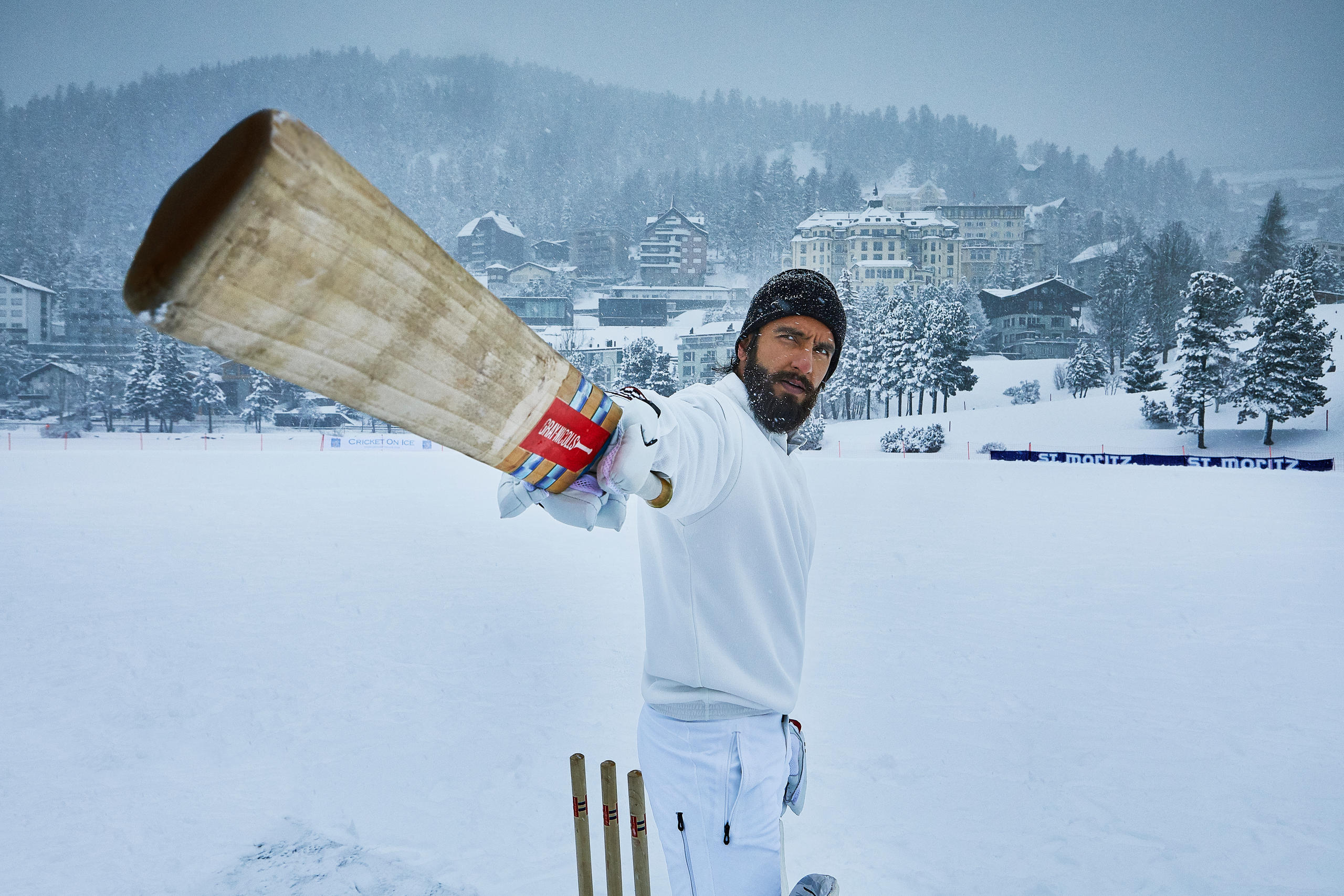
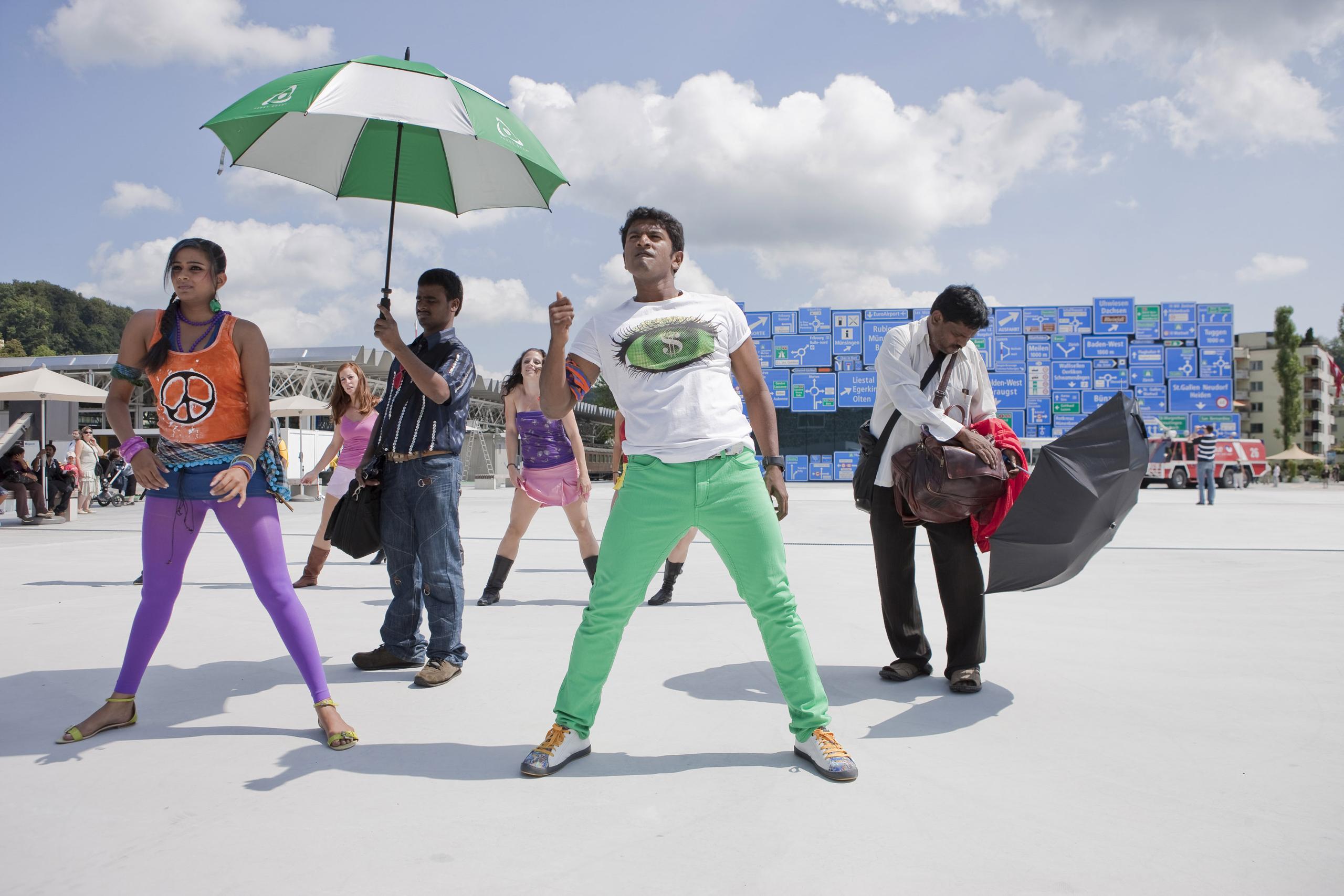
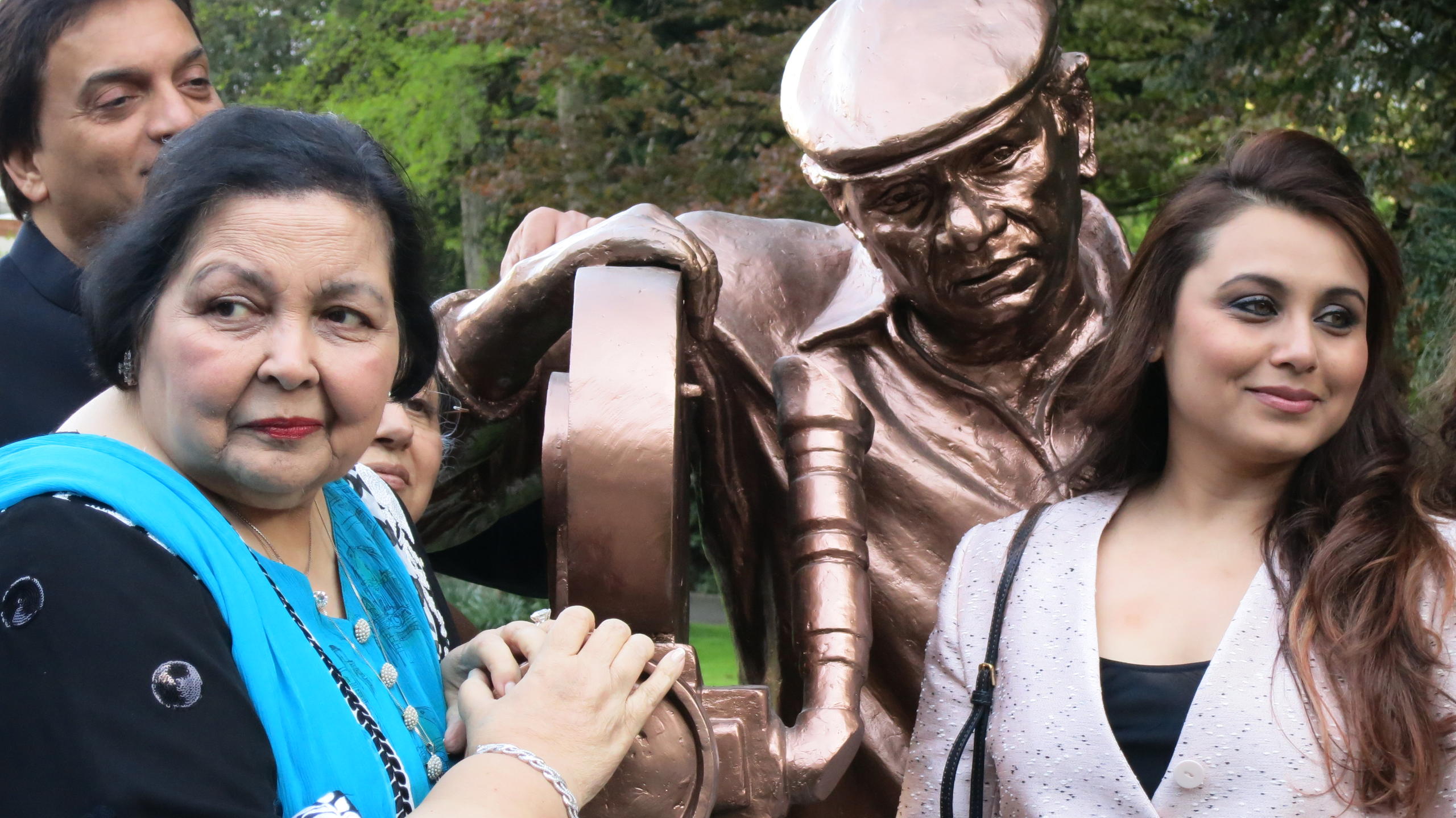
You can find an overview of ongoing debates with our journalists here . Please join us!
If you want to start a conversation about a topic raised in this article or want to report factual errors, email us at english@swissinfo.ch.